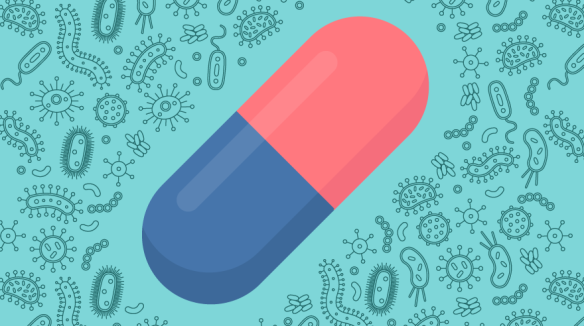Free Courses Sale ends Soon, Get It Now


Free Courses Sale ends Soon, Get It Now



Disclaimer: Copyright infringement not intended.
Context
The key findings
Concerns
Reasons behind antimicrobial resistance (AMR)
Impact of antimicrobial resistance (AMR)
Government Approach
© 2024 iasgyan. All right reserved